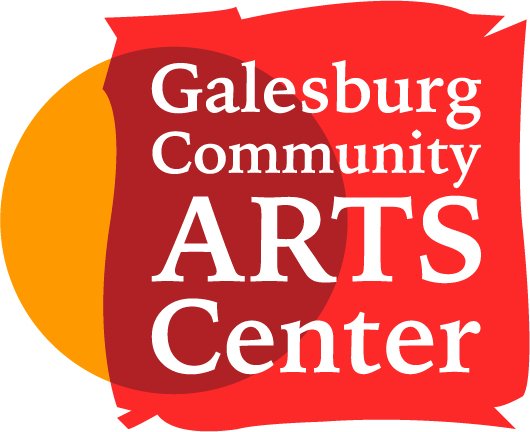In the Artist’s Studio
LARRY JON DAVIS - JUNE 2024
Interview by Maeve Reilly | Photos by Ana V. Fleming
ON COLOR:
I am obsessed with color. If I see a color, I am also subjectively thinking about its complement, its opposite, or its split complement. Those opposites and to one side of opposite are where the excitement happens.
For me, color is a constant way of seeking inspiration without becoming obsessed with whether or not it looks like a thing. It’s a factor in its own right that you can explore, pursue and, hopefully, master, just the color. If you look at most of my work, it has more to do with color than with anything else. —LJD
ON INSPIRATION:
At my age, we fear losing that sensibility of staying alert. Use it or lose it is important. That’s what keeps me going. I don’t want to stagnate. Sadly some people stop — at a certain stage, they stop experimenting and that’s why it’s important for me to do something kind of uncharacteristic, of something wildly in your face.
I got to thinking, “What if I had art that could change?” Adjustable art. If you go to a Renaissance picture in a cathedral, you’ll see a monster painting usually of something religious in nature. On top of it, they’ll typically be a little nub with the head of Christ or angels or whatever, and beneath that something called a predella. A predella is a little piece down here for illiterate peasants to come into the cathedral and see because they couldn’t read. It’s kind of a sequential thing. So this new work is a scroll. Every week the curator or the owner can come out and adjust the art into a slightly new piece. It’s adjustable in the sense that these will dial different ways. In the modern age, everything can be digitally adjusted. This is kind of an old-school digital adjustment. —LJD
Decades of work housed in vertical storage in Larry’s studio.
Monochrome figure studies by Larry.
The oldest painting, a 1966 landscape of Courthouse Rock in Arizona. “That’s where it started,” Larry said.
ON COMPOSITION:
I used to tell students, if you take a rectangle, especially a vertical rectangle, and put a line across it anywhere, it becomes a landscape, because everything above that line is sky and everything below it is ground.
Landscape is an instinctive arena for artists to explore. It’s practically the first thing they see in life. It comes back to deciding whether or not the essence of the landscape is specificity of realism or whether it’s a more subjective thing: the lighting, texture, color, …
Abstraction for me is simply taking a different look at something, throwing away the superfluous information. We had a cabin in Mine Center in Northwestern Ontario. There were Mennonites, Native Canadians, and alcoholics. You also had some of the most beautiful Canadian Shield geology. There are marvelous examples of fractured, broken rock and when you look at them, you say “That’s a realistic landscape.” But when you get up closer, it’s a beautiful abstraction. It’s the macro of something -- if you get in close enough everything breaks down into pretty simple terms.
I don’t know how to ease the mind of people who fear abstraction. I think our reality is based on the closeness that we can replicate what’s here in our hand, but the farther away you get from that, the flag goes up because suddenly the brain thinks, I don’t know what that is. It could be good, it could be bad. Suddenly it becomes a Rorschach test of what’s inside my own head. Hopefully you can bring somebody to the edge of recognizability and, if you are adept at stopping short of that, it keeps the mystery. —LJD
ON JACQUIE
“Jacquie is my best critic, I always say ‘we,’ when I am presenting something,” Larry said.
“Larry will a lot of times bring in something he’s worked on during the day and we will look at it together and critique it,” Jacquie said. “When Larry first started doing abstracts, I wasn’t that keen on it. but before too long, I likened it to what jazz is to a symphony. It looks at pieces and rearranges things. What’s really fun is when you walk by a piece and I’ll say ‘Larry, you realize there’s a bird in this.’ And then I’ll live with a little bit and walk by it again and say ‘No it’s a polar bear.’ You can really just enjoy it.”







